Silane Coupling Agents Size
Silane Coupling Agents Market Growth Projections and Opportunities
The Silane Coupling Agents Market is influenced by various market factors that play a crucial role in shaping its dynamics. One significant factor is the growing demand for silane coupling agents across diverse industries. As these agents find applications in adhesives, sealants, and coatings, among others, the expanding construction and automotive sectors contribute substantially to the market's growth. The need for enhanced adhesion and improved performance in materials has driven the adoption of silane coupling agents, propelling market expansion.
Silane Coupling Agents Market is projected to be worth USD 1433.9 million by 2030, registering a CAGR of 4.5% during the forecast period (2021 - 2030).
Another key market factor is the increasing focus on eco-friendly and sustainable solutions. Silane coupling agents offer environmentally friendly alternatives, aligning with the global trend towards sustainable practices. With industries placing greater emphasis on reducing their environmental footprint, the demand for green and sustainable materials has risen, positively impacting the silane coupling agents market. Manufacturers are responding to this trend by developing eco-friendly formulations, driving further market growth.
Furthermore, the rise in research and development activities contributes significantly to the market dynamics. Continuous innovations and advancements in silane coupling agent technologies lead to the development of new and improved products. Research initiatives focused on enhancing the properties and functionalities of these agents contribute to their increased adoption across various industries. The market benefits from a steady influx of novel formulations and applications, expanding its overall scope.
Market factors also include the influence of regulatory policies and standards. As governments worldwide implement stringent regulations regarding emissions, safety, and quality standards, industries are compelled to adhere to these guidelines. Silane coupling agents, known for their contribution to material stability and performance, become integral in meeting these regulatory requirements. This alignment with regulatory standards serves as a driving force for the market, fostering increased adoption by industries seeking compliance.
Moreover, the global economic landscape plays a pivotal role in shaping the Silane Coupling Agents Market. Economic growth, industrialization, and infrastructure development contribute to the overall demand for these agents. Emerging economies, witnessing rapid industrial expansion and urbanization, become key markets for silane coupling agents. The market's growth is closely linked to the economic activities of these regions, making it imperative for industry stakeholders to monitor and adapt to global economic trends.
In addition to economic factors, competitive dynamics within the market significantly impact its trajectory. The presence of numerous players, each striving to gain a competitive edge, fosters innovation and product development. Companies engage in strategic collaborations, mergers, and acquisitions to strengthen their market position and expand their product portfolios. This competitive environment spurs continuous improvements in product offerings, creating a positive feedback loop for market growth.
In conclusion, the Silane Coupling Agents Market is influenced by a combination of factors that collectively shape its landscape. From the demand-driven growth in key industries like construction and automotive to the emphasis on sustainability and regulatory compliance, these factors underscore the market's resilience and adaptability. As research and development efforts persist, economic trends evolve, and competitive dynamics drive innovation, the Silane Coupling Agents Market is poised for sustained expansion in the coming years.
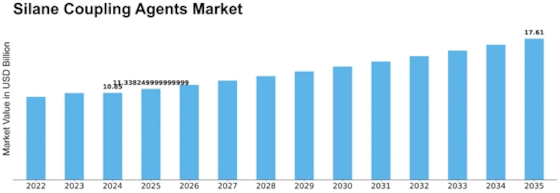


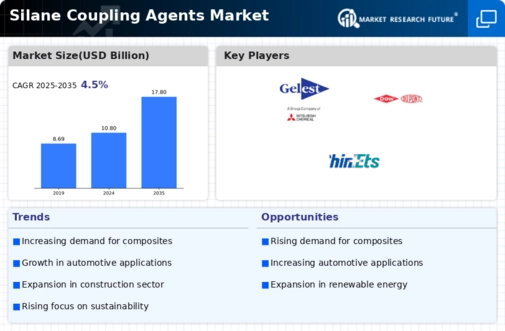
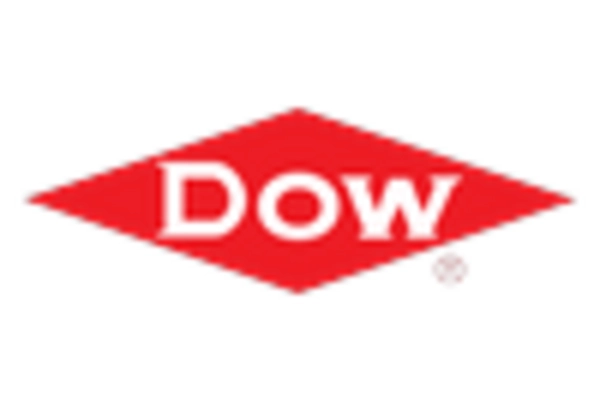
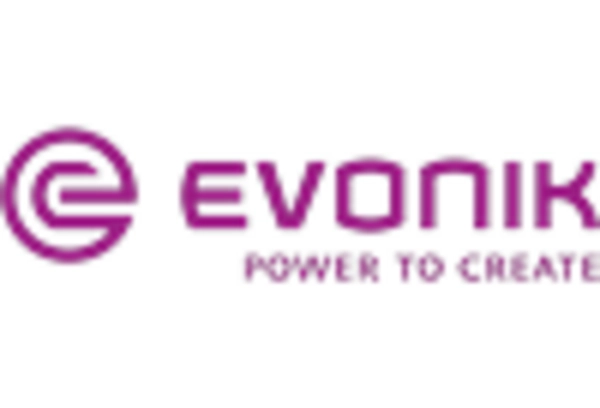
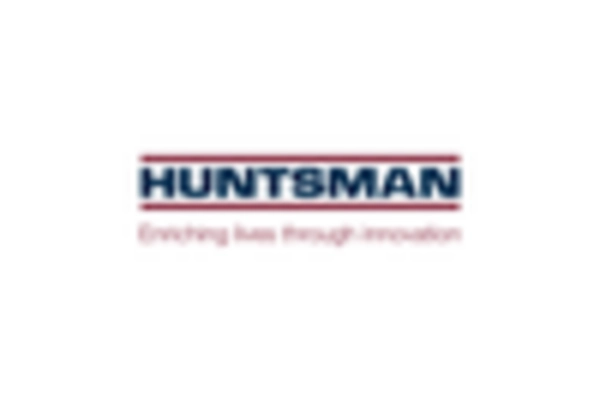

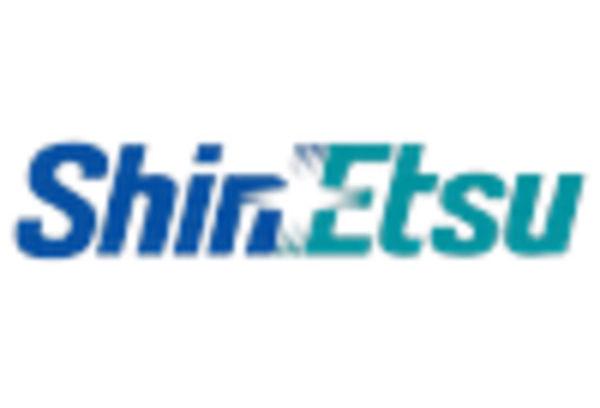
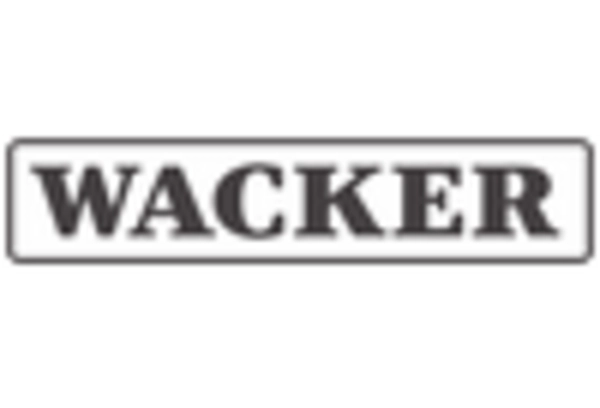









Leave a Comment